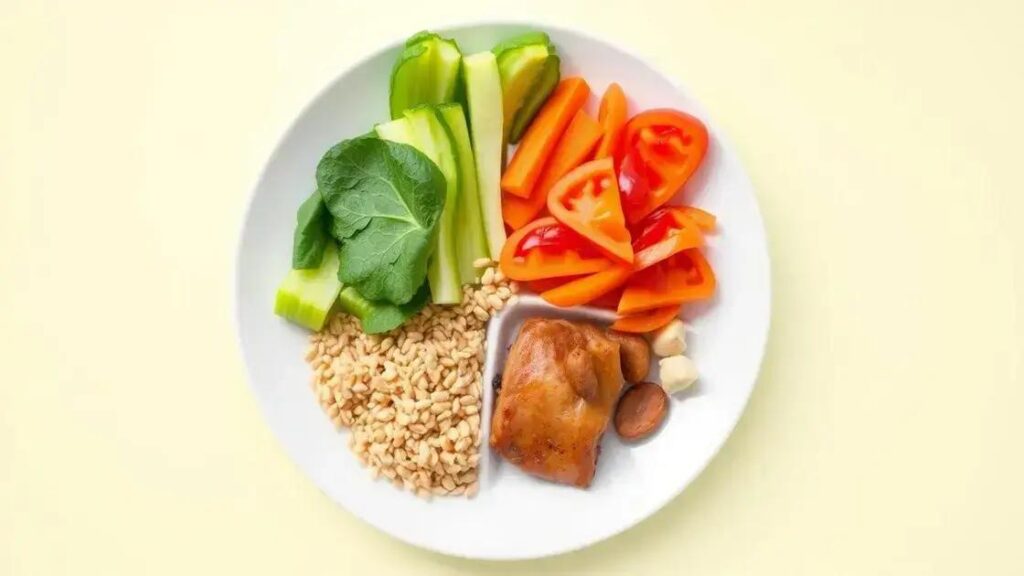To avoid overeating by practicing portion control, focus on understanding portion sizes, using smaller plates, pre-portioning snacks, and overcoming psychological barriers related to food. By implementing these strategies, you can manage your food intake effectively and foster a healthier relationship with food.
Are you struggling with overeating? Understanding portion control can transform your eating habits and promote a healthier lifestyle. In this article, we delve into crucial strategies to help you grasp your portion sizes, understand the benefits of maintaining control, and learn practical tips suited for everyday life. By managing the quantity of food on your plate, you can enjoy your favorite meals while preventing the pitfalls of overeating.
Understanding Portion Sizes
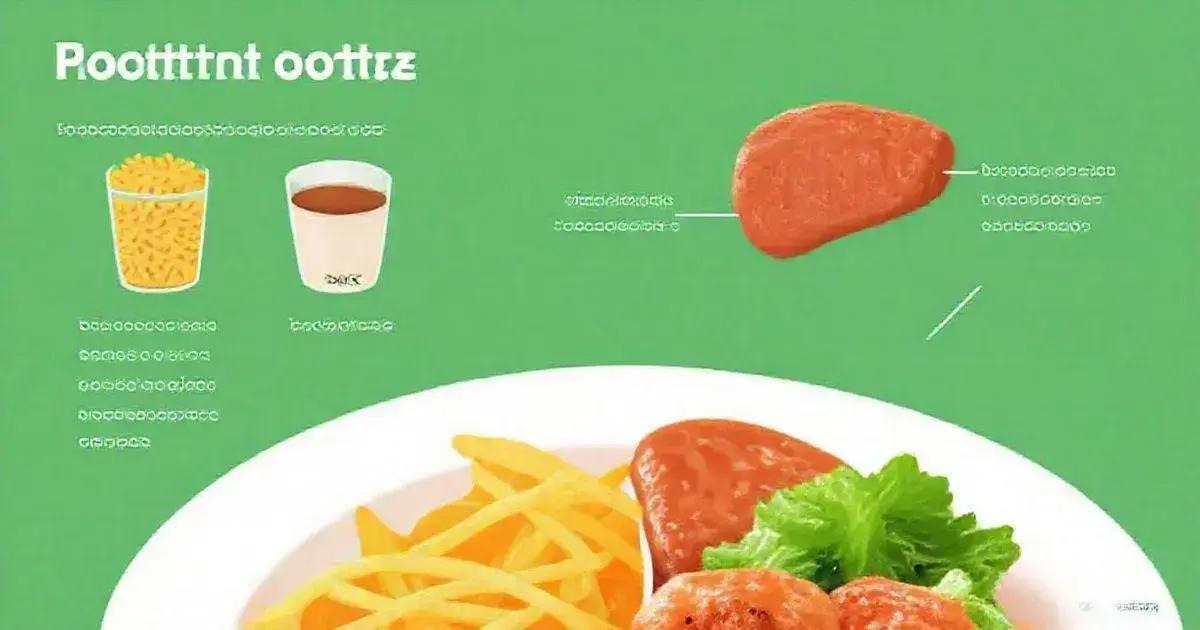
Understanding portion sizes is essential for avoiding overeating and maintaining a healthy diet. Many people underestimate how much food they actually consume, leading to unhealthy eating patterns. By learning to recognize appropriate portion sizes, you can enjoy your meals without the guilt of excess calorie intake.
Standard Portion Sizes
Portion sizes can vary based on the type of food. For example, a standard serving of cooked pasta is about one cup, while a serving of meat is typically three ounces. Using measuring cups and a food scale at first can help you get a better sense of portion sizes until you feel comfortable judging them visually.
Visual Cues for Portion Control
You can use everyday items as a guide for portion sizes. For example, a fist is roughly the size of one cup of food, while a palm-sized portion is about three ounces of meat. Familiarizing yourself with these cues can make it easier to serve appropriate amounts without the need for measuring tools.
Adjusting Recipes
When cooking at home, consider adjusting recipes to create smaller portions. If a recipe serves four but you only need two servings, simply divide the ingredients in half. This not only prevents leftovers but also helps reinforce the habit of managing portion sizes.
Mindful Eating Practices
Mindful eating involves paying attention to the food you are consuming and how it makes you feel. Start by eliminating distractions during meals, such as smartphones and television. Savor each bite, and listen to your body’s hunger and fullness cues. This practice can help you recognize when you are satisfied and reduce the likelihood of overeating.
The Benefits of Portion Control
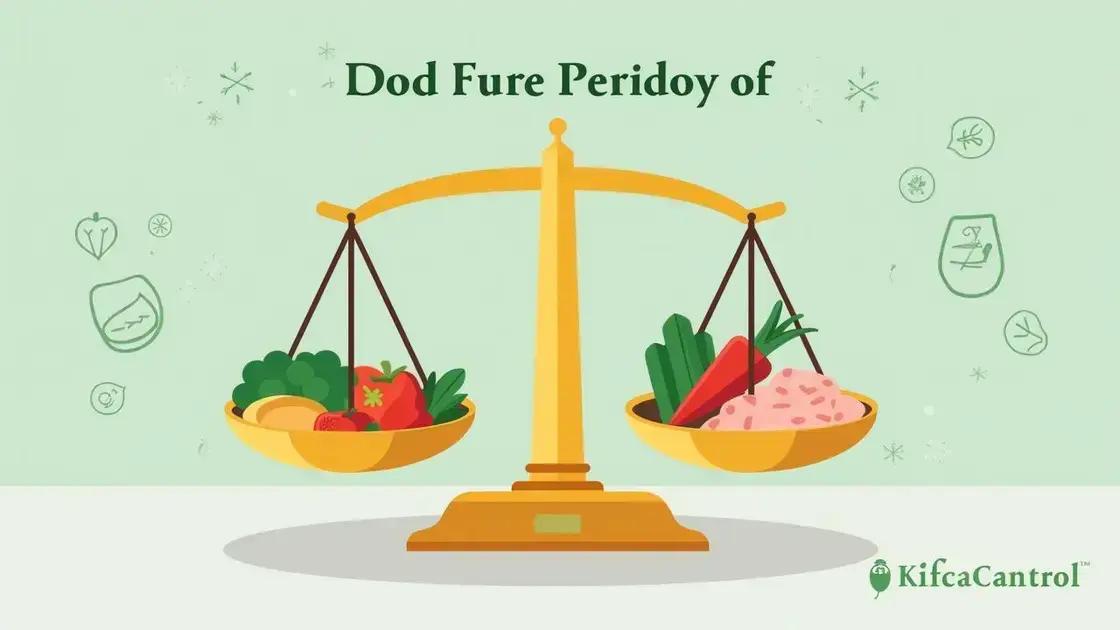
Portion control has numerous benefits that can significantly improve your overall health and well-being. By managing your portion sizes, you can maintain a healthier weight and create a more balanced diet.
Weight Management
One of the main advantages of portion control is its effectiveness in weight management. Eating smaller portions helps reduce calorie intake, which can lead to weight loss for those who are overweight. By controlling how much food you eat, you can enjoy your meals while still keeping your calorie counts in check.
Improved Digestion
When you practice portion control, you are likely to experience better digestion. Eating smaller servings allows your body to digest food more efficiently, which can help prevent issues like bloating and discomfort. It also gives your body the chance to signal when it’s full, reducing the risk of overloading your digestive system.
Better Nutritional Balance
Portion control encourages you to be more mindful about your food choices. When you focus on the quantity of food, you naturally begin to consider the quality as well. This often leads to healthier choices and a more balanced diet, which can provide essential nutrients and vitamins your body needs.
Enhanced Mindfulness
By practicing portion control, you cultivate mindfulness in your eating habits. This heightened awareness can help you appreciate the flavors and textures of your food. You may find yourself enjoying your meals more while also being attuned to your body’s hunger and satiety cues.
Practical Tips for Portion Control
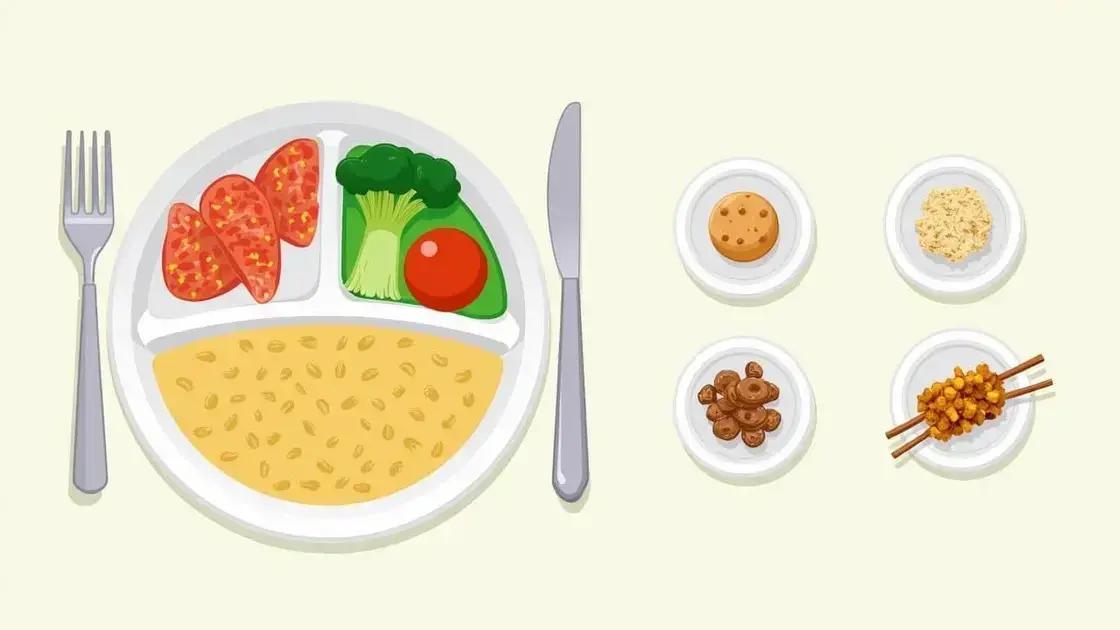
Practicing portion control doesn’t have to be complicated. Here are some practical tips to help you manage your food intake effectively.
Use Smaller Plates and Bowls
One of the simplest ways to practice portion control is to use smaller dishes. A smaller plate can make your portions look larger, helping you feel satisfied with less food. This visual trick can help you eat less without even realizing it.
Measure Your Food
At first, measuring your food can be helpful. Use measuring cups or a food scale to determine serving sizes. Over time, you will develop a better sense of how much food you should be eating without the need for measuring tools.
Pre-portion Snacks
Instead of eating out of a large bag, pre-portion your snacks into smaller bags or containers. This practice allows you to control how much you eat and prevents mindless snacking, which can lead to overeating.
Practice the “Plate Method”
The “Plate Method” is a helpful visual guide for portioning meals. Fill half of your plate with vegetables, one quarter with protein, and one quarter with grains or starches. This method not only helps with portion control but also encourages a balanced meal.
Stay Hydrated
Sometimes, people confuse thirst with hunger. Make sure to drink enough water throughout the day. Before reaching for a snack, try drinking a glass of water and waiting a few minutes to see if you are actually hungry.
Overcoming Psychological Barriers
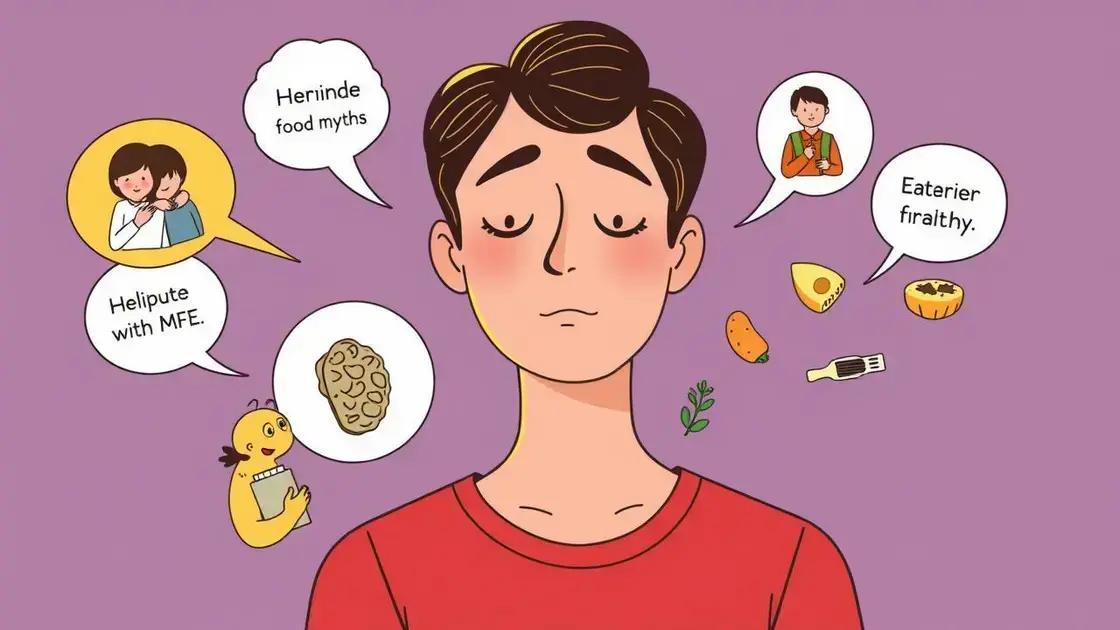
Overcoming psychological barriers is crucial when practicing portion control. Many people face mental challenges that can lead to overeating or unhealthy eating patterns. Recognizing these barriers can help you address them effectively.
Understanding Emotional Eating
Many individuals eat not just out of hunger, but because of emotions. Stress, sadness, or boredom can trigger cravings. It is important to identify emotional triggers and find alternative ways to cope with these feelings, such as exercising, meditating, or journaling.
Challenge Food Myths
Food myths can create unnecessary fear around eating specific foods. For instance, some may believe that all carbohydrates are bad. Knowing the truth about food and nutrition can help alleviate fears surrounding certain food groups and allow you to enjoy a balanced diet.
Practice Self-Compassion
Being hard on yourself for overeating can create a negative cycle. Instead, practice self-compassion. Understand that everyone has setbacks and that it is a part of the journey. By treating yourself kindly, you can improve your relationship with food and encourage better habits.
Focus on Long-term Goals
Focusing solely on weight loss can create pressure and lead to unhealthy behaviors. Instead, concentrate on long-term health goals. Aim for sustainable changes in your eating habits over time, like incorporating more fruits and vegetables or practicing portion control regularly.
Seek Support
Don’t hesitate to reach out for support from friends, family, or professionals. Having someone to talk to about your challenges can provide accountability and encouragement. Consider joining a support group or working with a registered dietitian for personalized guidance.
Embrace Portion Control for a Healthier Lifestyle
Practicing portion control is key to avoiding overeating and maintaining a balanced diet. By understanding portion sizes and implementing practical tips, you can manage what you eat effectively. It’s important to recognize the psychological barriers that may affect your eating habits and to address them thoughtfully.
By focusing on long-term health goals and seeking support when needed, you can foster a positive relationship with food. Ultimately, embracing portion control not only helps you achieve your weight management goals but also contributes to your overall well-being.
Start your journey today and make mindful choices that support a healthier lifestyle.
FAQ – Frequently Asked Questions about Portion Control
What is portion control?
Portion control is the practice of managing the amount of food served and eaten at meals to prevent overeating.
How can portion control help with weight management?
By controlling portion sizes, you can reduce calorie intake, which can lead to weight loss and help maintain a healthy weight.
What are some practical tips for practicing portion control?
Using smaller plates, measuring your food, and pre-portioned snacks are effective tips to help manage portion sizes.
How can I overcome emotional eating?
Identifying triggers for emotional eating and finding alternative coping strategies, such as exercise or meditation, can help manage cravings.
Why is it important to understand portion sizes?
Understanding portion sizes enables you to make healthier choices and enjoy a balanced diet while preventing overeating.
What are some signs of hunger and fullness?
Listening to your body’s signals, such as stomach growling for hunger and feeling satisfied after a meal, can help you gauge your eating needs.

